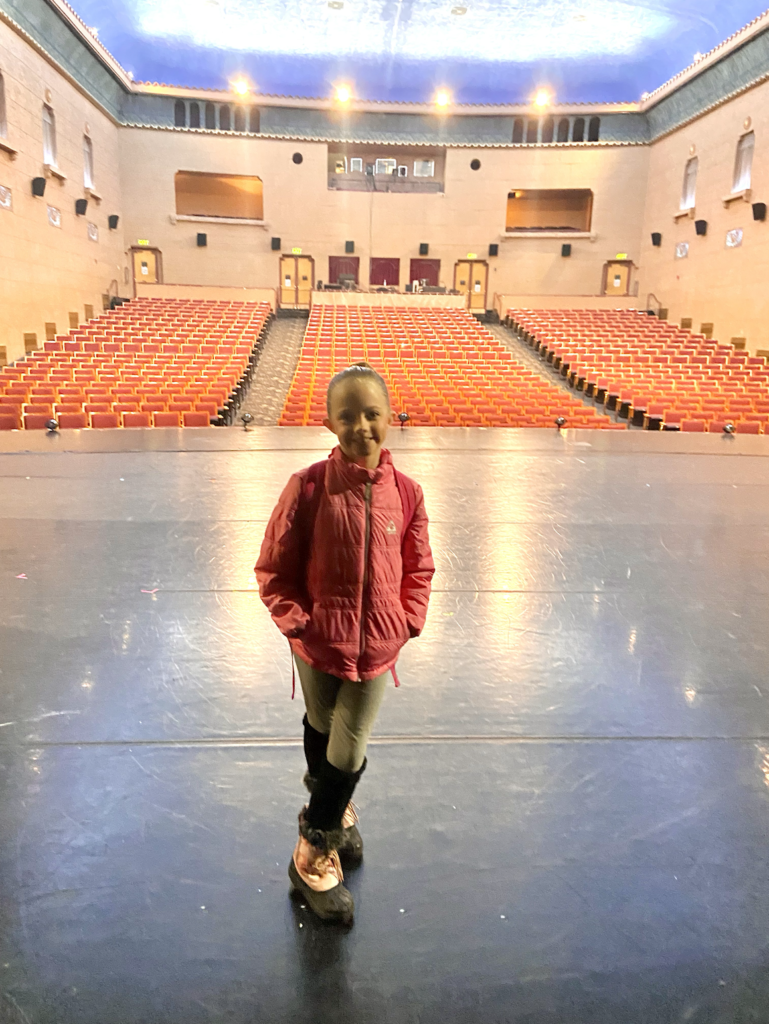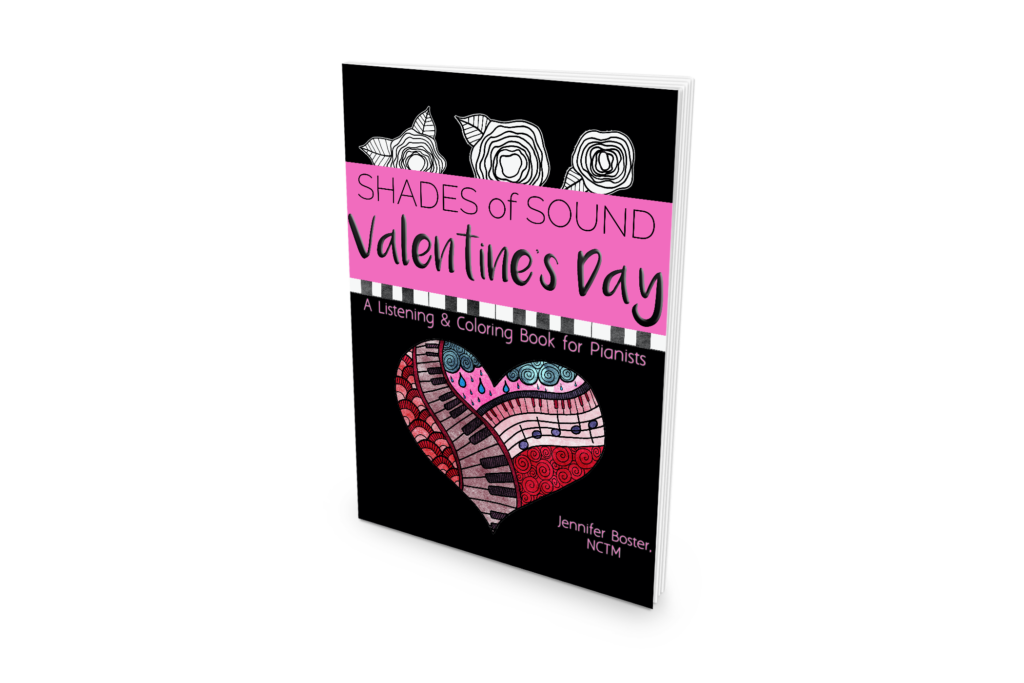
Teaching New Pieces: Beginners
There are so many things we could discuss in the topic of teaching new pieces! I think this is an important topic and I hope to get lots of input from you! I think today I will focus on how to teach new pieces to beginners. Since beginning pieces are rather short and very simple, I think it is a good place to start 🙂
Four Elements of a Piece
Basically, there are four elements which need to be learned in any piece. Each element is important and should be learned right from the beginning. A good way to remember these elements is by the acronym FERN:
F – fingering
E – expression
R – rhythm
N – notes
(I actually sometimes like to use the acronym NERF instead – especially for students who may be familiar with or into Nerf toys!)
I think it is a big mistake for our students to learn the notes and the rhythm, and then only after they are learned to add in dynamics and expression. We need to teach our students to play musically right from the beginning, to make it a habit to play slurs, staccatos, and dynamics as they are learning new pieces.
Teaching New Pieces to Beginners
Here are some techniques to teaching new pieces that I have used in my studio. I’d love to hear what you do in yours!
Look the Piece Over
Before a student begins a new piece, it is important to look it over with them (just like the first step of sight reading) and help point out all of the important elements of the piece, including key signature, time signature, accidentals, dynamics, etc.
Hands Alone Practice
Practicing hands alone is an important way of practicing a new piece, no matter what level the student is! Students should become comfortable with playing hands alone before putting hands together. For beginners, many pieces are not hands together anyway, so you won’t have to worry about this. When students first learn how to put two hands together, it can take some coordination and getting used to! Hands alone practice will make this a lot easier.
SLOW Practice
Pianist Rudolf Firkusny says this about slow practice: “I do advise practicing in a slower tempo. I think it’s a good idea because…you can overcome bad habits which can creep into your playing.” (The Well-Tempered Keyboard Teacher, p. 356) This is true at any level! Let’s help our students develop good habits in their practicing and playing.
Show Them How to Practice: FERN
In order to help our students learn the four elements of their new piece, it is helpful to give them specific practicing instructions. Here are some ideas:
- Notes
- Have them name the notes before playing
- Play and say letter names (When learning new pieces, I find it so helpful to have the student say things out loud as they play, such as note names or counting – it helps keep their minds active in the learning process and, in my experience, helps to learn a piece more accurately!)
- Play and say “intervals” – step, skip, or repeat (helpful in learning relationships of notes on the staff)
- Rhythm
- Clap and count rhythm (is helpful in learning the rhythm without needing to worry about playing the right notes)
- Play and count rhythm (depending on the student, you may want to have them count “1,2,3,4” “1, 1, 1-2” or “quarter, quarter, half-note”)
- Expression
- Dynamics: have the student practice the piece, focusing mostly on dynamic contrast. I always tell my students to exaggerate the dynamics – make forte really loud, and piano really soft. Make a big deal out of how musical it was and how fun it was to listen to with such great dynamics! We should teach our students to listen to the sound and dynamics they produce from a young age.
- Slurs: If the piece has simple, two-note slurs, you could have your student say, “down, up!” as they learn the correct wrist movement used in a slur.
- Fingering
- Although fingering is important at all levels, I like to be careful about not stressing finger numbers too much to beginners. Yes, it is important to teach them the finger numbers and help them play in the correct position with the correct fingers. But, I have had too many young students who rely way too much on the finger numbers and not enough on the actual notes. As a result, some students do not learn the notes well enough. This illustrates the great disadvantages of playing pieces only in C major position for too long. I think we need to get our students out of C position as soon as possible, get them playing notes all over the keyboard, and get them to realize that, although fingering is important, you can actually play any note on the piano with any finger (what a concept!! hehe). I like to have my students find the correct note first, and THEN look at the finger number.
Polishing Up a Piece
Whether or not a piece is going to be a future recital piece, the end goal should be for the student to be able to play it with correct notes, rhythm and fingering, with good expression and musicality, with no stopping and at a comfortable tempo…right? What are some ways you help your students achieve this?
If the student has learned the piece well, focusing on each of the four elements, and has practiced it efficiently, there should be no problem polishing it up!
If the piece needs some polishing, try breaking it into shorter sections (one line at a time) and challenge the student to play that line three times in a row, perfectly.
Teach the student to evaluate their own playing and to identify spots where they have problems. When my students play a piece for me, I like to ask them to evaluate their own playing. If they learn to be aware of when they mess up in a piece, they will be able to better fix it in their practicing.
Using the metronome is something that needs to be learned by young students, and can be very helpful in keeping a steady tempo. I try to pick a good tempo for them that is not too fast, one that they will be able to play the entire piece at comfortably. Once they are able to do that, we may raise the tempo a bit, depending on the piece.
I hope these ideas were helpful. I would love to hear ideas of how you teach beginning pieces in your studio!


 Next Post
Next Post


















I like your Fern/Nerf Acronym to help them remember the practice steps. Thanks for sharing!